Every day in the papers there’s another story about men sending explicit photos to underage girls, or accessing child pornography, or gangs grooming children.
Was it always like this and we didn’t know? Has there been an explosion in the number of paedophiles?
The wider issue and how to combat it is addressed less frequently. Maybe because too many people who count themselves “progressive thinkers” aren’t brave enough to even discuss the measures required.
Firstly, I don’t accept “mental health problem” excuses.
Paedophiles don’t mindlessly run after children in the streets. If they can control themselves some of the time, they can control themselves all of the time.
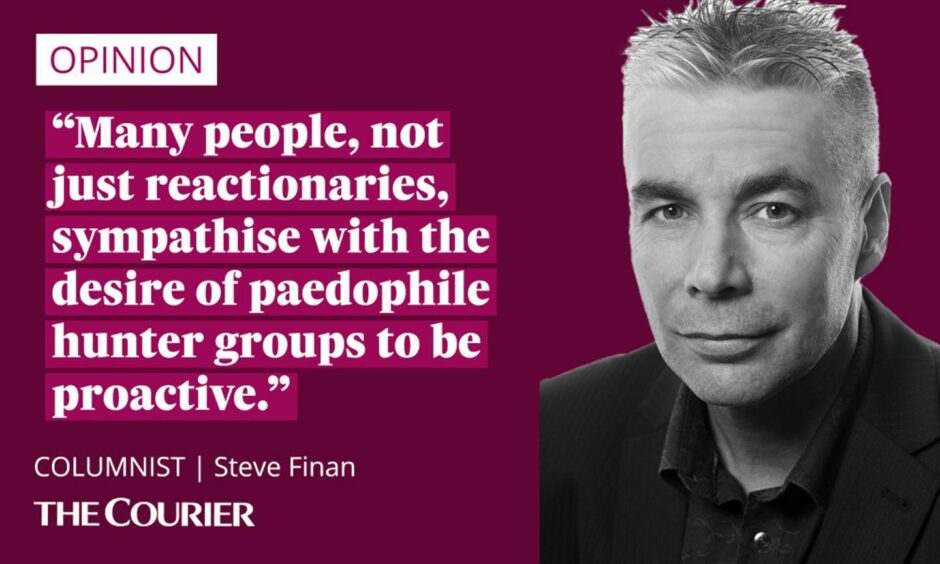
They know they have a problem, so should seek help. But they lack the moral fibre to do so.
They have to be made to stop. But how?
No easy answers to how to stop paedophiles
Technological remedies exist but these carry a heavy social price.
Would you agree to a database of everyone’s DNA so physical crimes could be traced?
Would you allow every text, Whatsapp, Snapchat, etc., to be automatically copied to independent scrutineers?
What about implanting microchips into everyone so their movements are recorded? Or 24-hour CCTV surveillance in all homes?
Clearly, any of those measures would create a dystopian nightmare worse than Orwell’s Nineteen Eighty-Four. We couldn’t live like that.
But there has to be some course of action more effective than hand-wringing and saying “oh dear”.
Decades-long prison sentences, bring back the birch, chemical castration? None of that will happen either. The days of retributive responses to crime are gone.
So what measures are we left with?
Police and groups at odds over how to stop paedophiles
Paedophile hunter groups entice beasts out from under their slimy rocks.
But police don’t like amateur hunters. They say “stings” shown online can prejudice trials, and that the publicity hinders them tracing other paedophiles or sources of material linked to the original criminal.
There’s also the very real concern that innocent people will be wrongly targeted.
They suggest that once a suspect is identified, the hunter group should pass all evidence to police.
I can see the reasoning. Yet many people, not just reactionaries, sympathise with the desire of paedophile hunter groups to be proactive.
But what if the police themselves were the ones doing the hunting?
It turns out they do.
Kirrie case shows measures can be made to work
Just this week the case of a paedophile in Kirriemuir, who had been snared by a Met Police “decoy” operation, reached its conclusion in court.
And people wonder why I detest paedophile hunters.
They do it for the attention, not out of altruism. https://t.co/Eo2iOh1ajI— Kirsty McIntosh (@C_KMcIntosh) May 12, 2023
Paedophile hunting as police policy feels to me like quite a step-change in the approach to law enforcement. It is actually quite difficult to frame a charge around “intending to commit a crime” within current law.
But say these sanctioned hunting expeditions were increased tenfold, or fiftyfold? Paedophiles could never be sure if their online activities were being examined, or even arranged, by the police
Is it ethically acceptable to entice people into crime? Or is a “pre-crime” policy justified if it catches potential paedophiles?
It’s an interesting discussion but the method has been proven, at Forfar Sheriff Court, to work.
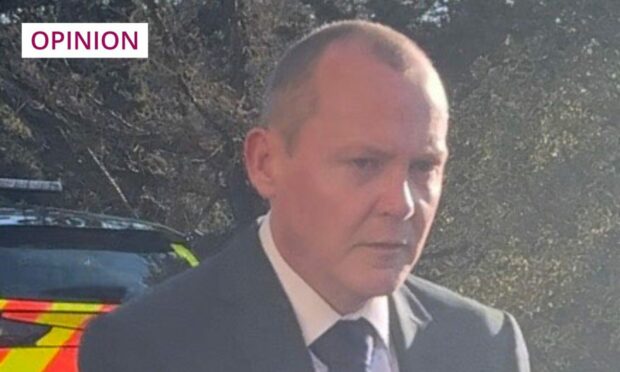

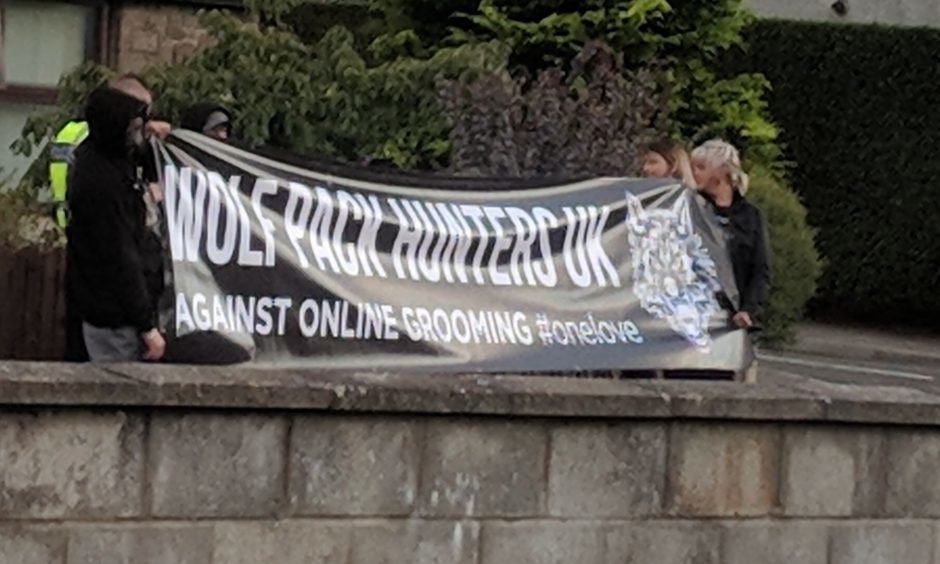
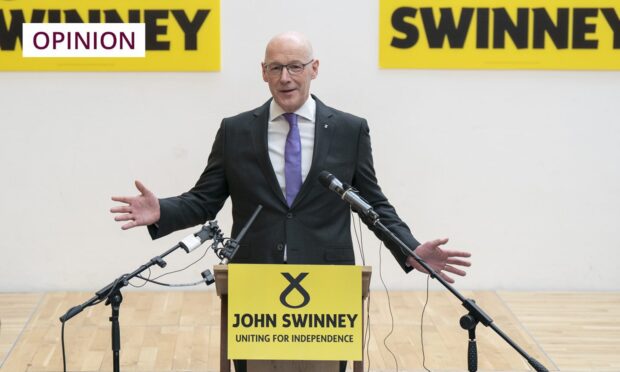

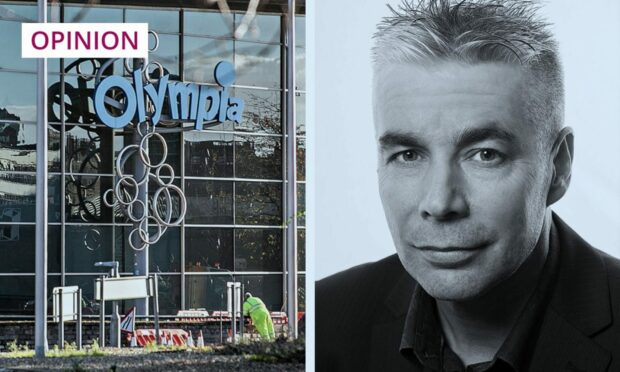
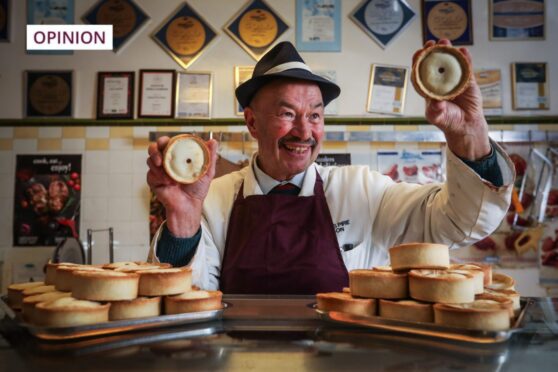

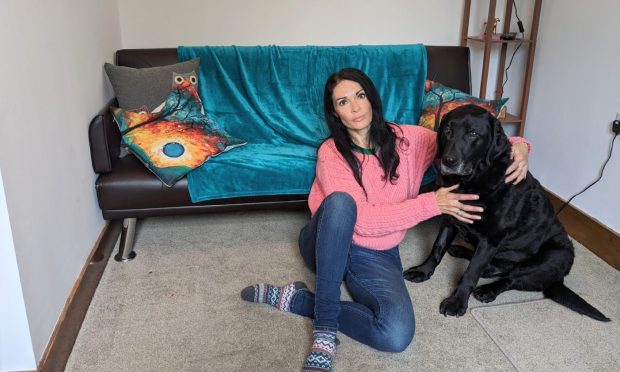
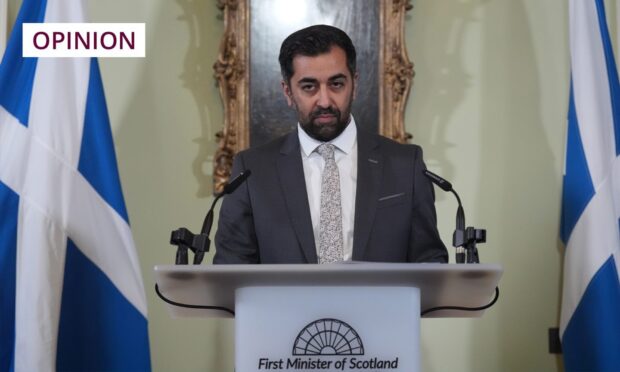
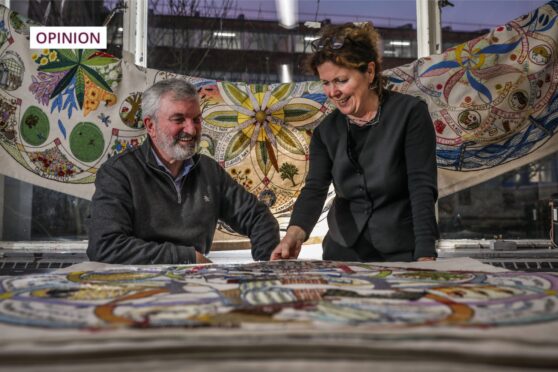

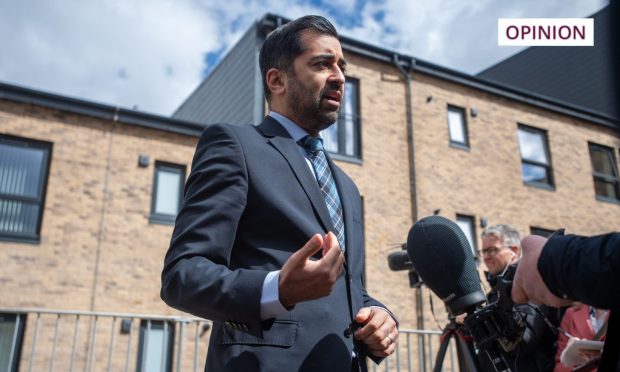
Conversation